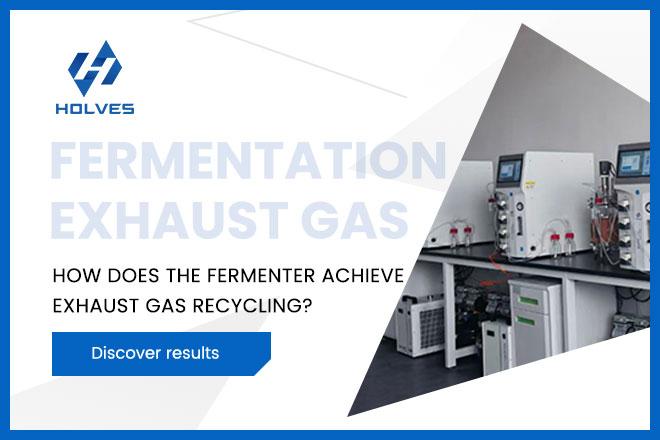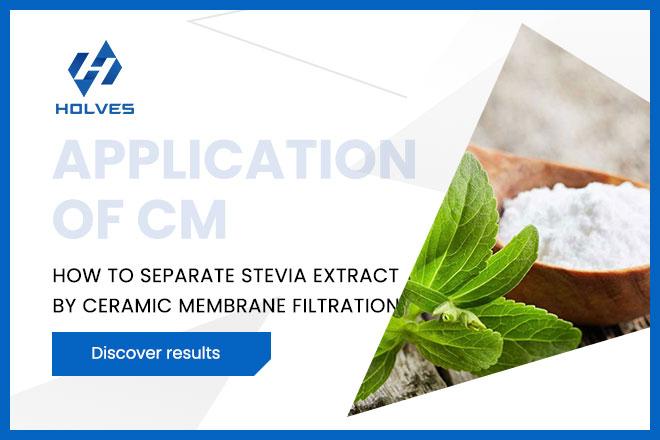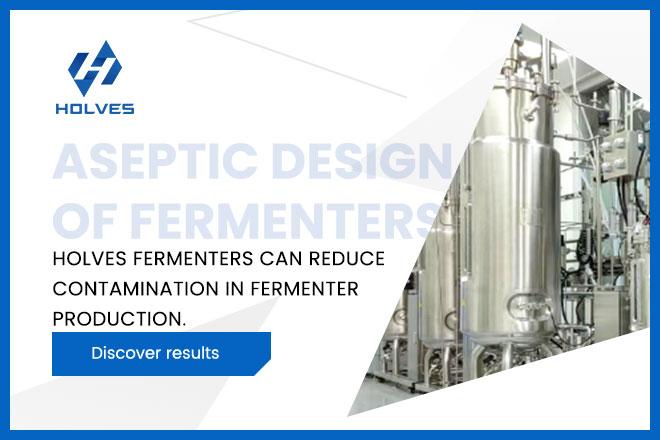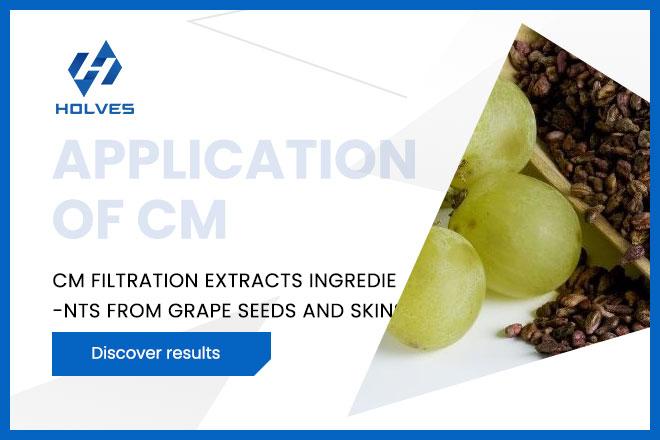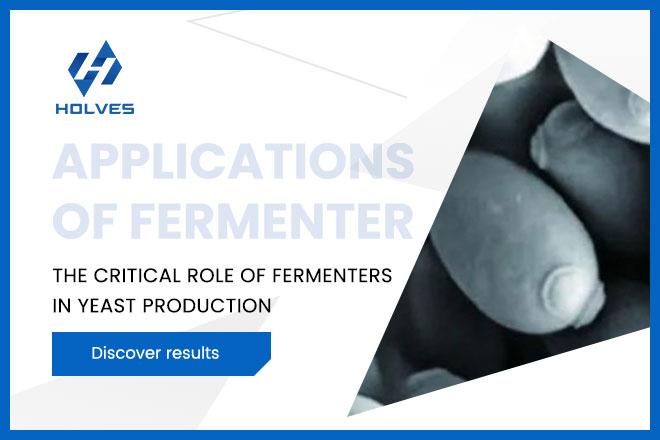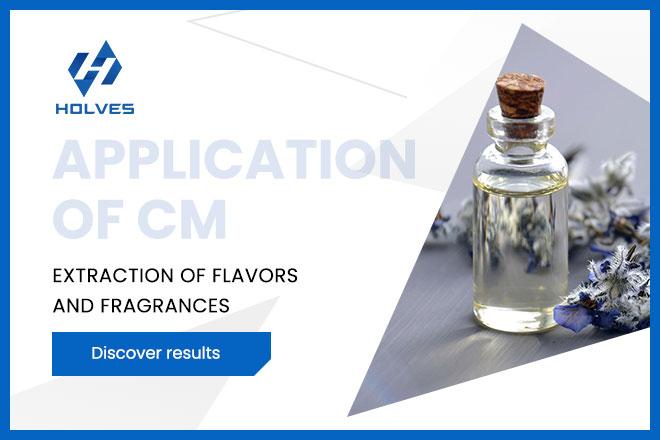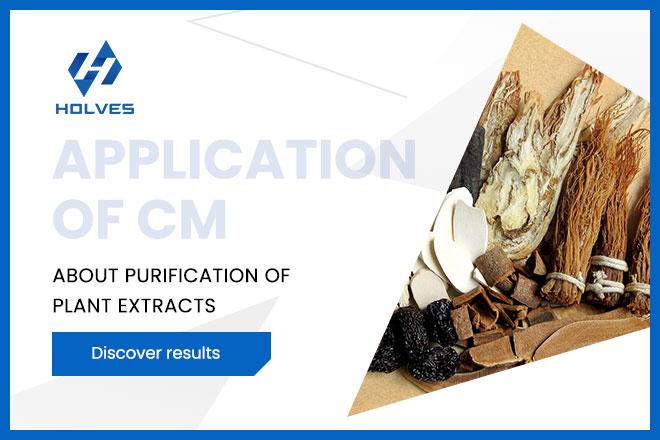Plant extracts are complex mixtures containing a variety of biologically active components and usually contain the target actives (e.g., saponins, polysaccharides, flavonoids) as well as a large number of co-existing impurities. In order to achieve a final high quality plant extract, it is usually subjected to clarification, filtration and concentration steps.
Advantages of Ceramic Membrane Filtration
The traditional filtration process is difficult to realize efficient separation, which often leads to the loss of active ingredients and insufficient product clarification. The subsequent concentration of the link used in the vacuum evaporation and other thermal processes, easy to cause degradation of heat-sensitive components (such as Lycium barbarum anthocyanin, ginseng saponin). Ceramic membrane filtration technology has become the preferred solution for modern natural product processing through the physical sieving principle, which can synchronize the clarification, removal of impurities and pre-concentration of the extract under mild conditions.

Typical cases of ceramic membrane filtration applications
1. Astragaloside
The aqueous extract of Astragalus is rich in active ingredients such as astragaloside and mullein isoflavones, but it also contains a large amount of impurities such as starch and protein. It was found that 50nm alumina ceramic membrane has the best effect on astragalus refining. Compared with the traditional process, the ceramic membrane filtration allows the degradation rate and energy consumption of heat-sensitive saponins to be reduced, and effectively removes impurities from the extract.
2. Wolfberry
Black fruit wolfberry is rich in anthocyanins and polyphenols, but extremely sensitive to temperature. Ceramic membrane filtration can simultaneously achieve microbial retention, avoiding the loss of active ingredients and flavor degradation caused by pasteurization.
3. fungi
The β-glucan in fungi is an important immunomodulator, but the molecular weight is large (usually >10kDa) and easily lost by conventional separation. Ceramic membrane filtration effectively removes mycelial residues and proteins, nanofiltration membrane concentrates polysaccharides and removes small molecule impurities, membrane fouling is reduced, detergent consumption is lowered, and the effective ingredient interception rate is significantly improved.
4. Gineng
Ginseng saponin extraction often faces the problems of high energy consumption and long cycle time. Ceramic membrane filtration shows unique advantages in the extraction of root and stem herbs, with small area, high automation, simplified operation process, and selective enrichment of saponins through graded filtration.
5. Curcumin
Curcumin is susceptible to impurities such as tannins and resins in the extract that affect the coloring power and activity. Ceramic membrane microfiltration technology breaks through the traditional limitations and adopts ceramic membrane for treatment, avoiding the cis-trans isomerization transformation caused by the traditional heating and removing impurities, and the color value of the product is enhanced to meet the pharmaceutical standard.
The aqueous extract of Astragalus is rich in active ingredients such as astragaloside and mullein isoflavones, but it also contains a large amount of impurities such as starch and protein. It was found that 50nm alumina ceramic membrane has the best effect on astragalus refining. Compared with the traditional process, the ceramic membrane filtration allows the degradation rate and energy consumption of heat-sensitive saponins to be reduced, and effectively removes impurities from the extract.
2. Wolfberry
Black fruit wolfberry is rich in anthocyanins and polyphenols, but extremely sensitive to temperature. Ceramic membrane filtration can simultaneously achieve microbial retention, avoiding the loss of active ingredients and flavor degradation caused by pasteurization.
3. fungi
The β-glucan in fungi is an important immunomodulator, but the molecular weight is large (usually >10kDa) and easily lost by conventional separation. Ceramic membrane filtration effectively removes mycelial residues and proteins, nanofiltration membrane concentrates polysaccharides and removes small molecule impurities, membrane fouling is reduced, detergent consumption is lowered, and the effective ingredient interception rate is significantly improved.
4. Gineng
Ginseng saponin extraction often faces the problems of high energy consumption and long cycle time. Ceramic membrane filtration shows unique advantages in the extraction of root and stem herbs, with small area, high automation, simplified operation process, and selective enrichment of saponins through graded filtration.
5. Curcumin
Curcumin is susceptible to impurities such as tannins and resins in the extract that affect the coloring power and activity. Ceramic membrane microfiltration technology breaks through the traditional limitations and adopts ceramic membrane for treatment, avoiding the cis-trans isomerization transformation caused by the traditional heating and removing impurities, and the color value of the product is enhanced to meet the pharmaceutical standard.
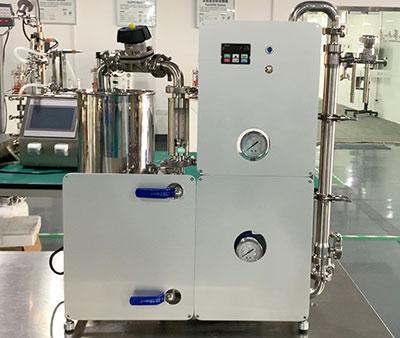
From laboratory to industrial production, ceramic membrane filtration systems have taken root in many enterprises. With the modernization of traditional Chinese medicine and the upgrading of the health food industry, this technology, which is both highly efficient and green, will continue to promote ancient plant extracts in a purer form for the benefit of mankind.
